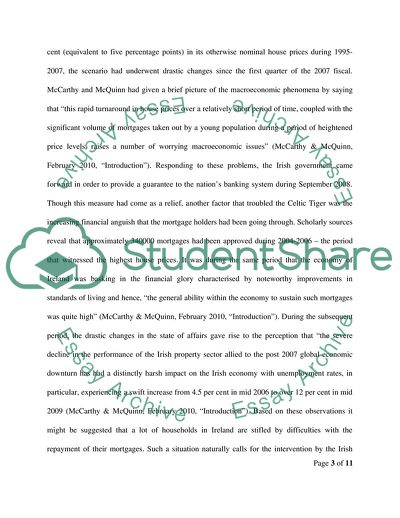Cite this document
(The Irish Economy Essay Example | Topics and Well Written Essays - 2000 words, n.d.)
The Irish Economy Essay Example | Topics and Well Written Essays - 2000 words. Retrieved from https://studentshare.org/macro-microeconomics/1736449-to-develeop-an-understand-of-what-has-happend-in-the-economy-of-ireland-over-the-last-two-years
The Irish Economy Essay Example | Topics and Well Written Essays - 2000 words. Retrieved from https://studentshare.org/macro-microeconomics/1736449-to-develeop-an-understand-of-what-has-happend-in-the-economy-of-ireland-over-the-last-two-years
(The Irish Economy Essay Example | Topics and Well Written Essays - 2000 Words)
The Irish Economy Essay Example | Topics and Well Written Essays - 2000 Words. https://studentshare.org/macro-microeconomics/1736449-to-develeop-an-understand-of-what-has-happend-in-the-economy-of-ireland-over-the-last-two-years.
The Irish Economy Essay Example | Topics and Well Written Essays - 2000 Words. https://studentshare.org/macro-microeconomics/1736449-to-develeop-an-understand-of-what-has-happend-in-the-economy-of-ireland-over-the-last-two-years.
“The Irish Economy Essay Example | Topics and Well Written Essays - 2000 Words”. https://studentshare.org/macro-microeconomics/1736449-to-develeop-an-understand-of-what-has-happend-in-the-economy-of-ireland-over-the-last-two-years.


